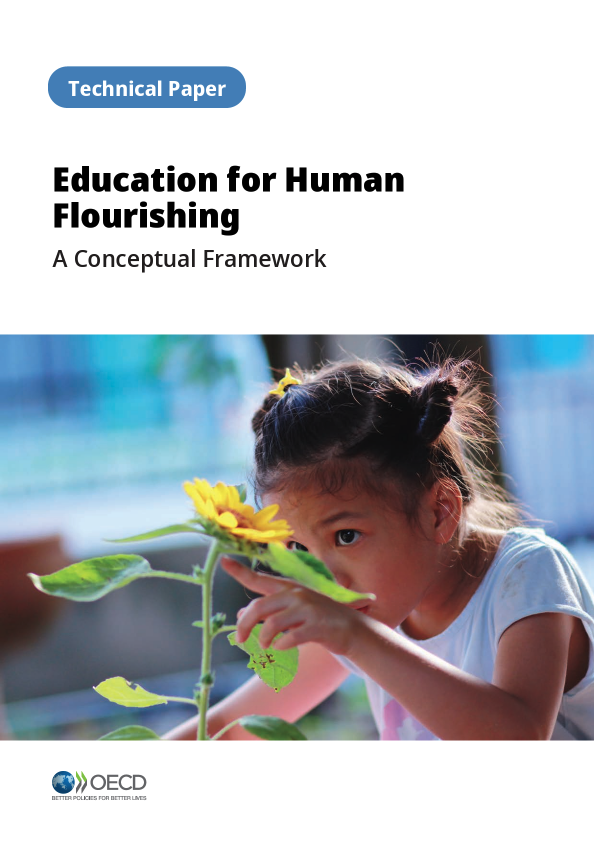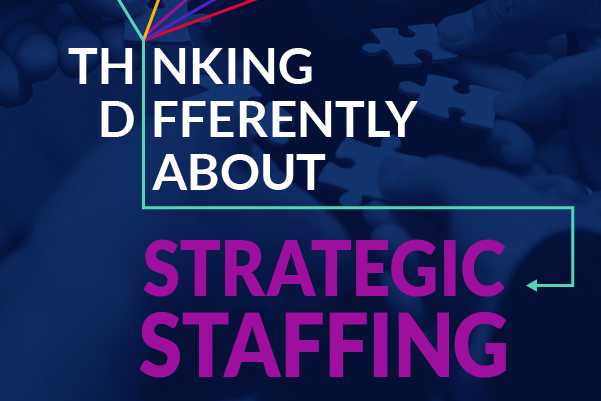Welcome to the Thinking Differently About… series from NCEE. This series offers a different perspective on things we think about a lot in education. It’s primarily for education system designers and is meant to inspire, while also presenting global policies and practices that provide insights into how to improve success for students in the United States.
Using time to enable success in teaching and learning is a critical part of every school’s, district’s and state’s journey to success. Understanding how global leaders allocate and use this resource in schools can help inform our own allocation and use of time and our efforts to use the time we have most effectively.
In this brief, we explore new ways of thinking about time in grades 1–9. The second brief in this series covers upper secondary (Grades 10-12).
Below, watch a 7-minute overview of the report findings from lead researcher Jackie Kraemer.
We organized this brief around a set of time-related topics:
- Thinking differently about available time. How much total time is available to schools? How do leading systems provide adequate time for teaching and learning?
- Thinking differently about school schedules. How do schools organize time within the school day? How do schools structure schedules to enable success?
- Thinking differently about developing student agency for work and life. How do schools use time to support students in developing the competencies and habits that enable success in life and work?
- Thinking differently about personalization. How do leading systems build in flexibility and design time to enable personalization?
- Thinking differently about teaching time. How do systems balance time for teaching and non-teaching? How do systems use time productively to enable professional growth?
- Thinking differently about teaching conditions. How do systems create conditions that minimize teacher workloads and enable teacher success?
For each topic in this series, we:
- Surface thought-provoking observations about ways these systems approach things differently.
- Offer interesting examples of what global leaders do differently and how states and districts here at home are implementing similar strategies.
- Ask probing questions about the potential for thinking differently and what the policy implications might be.
Also in the Thinking Differently About…series
Case Study: How One School Uses Time

Policies and practices meet and become real at the school level, where people draw on their knowledge, culture, and larger goals to create schools that work for students, teachers, families, and communities. In this brief we include an in-depth look at how time is used in one cutting-edge school in Estonia.
Tartu Forselius School, which serves 600 students in grades 1-9, has turned some long-held ideas about how time is used in elementary schools upside down. Read more about this school’s innovate approach to school time, including student and teacher schedules, in the full brief.





